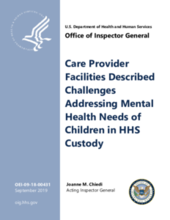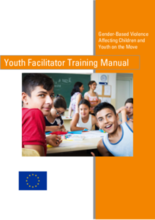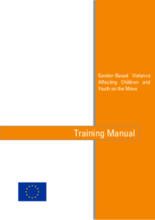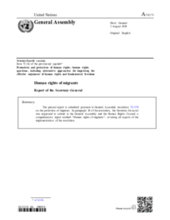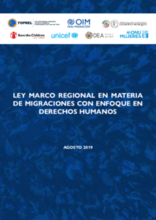Displaying 311 - 320 of 836
This article examines whether children under age five whose household receives remittances are more likely to utilize higher quality healthcare providers than those without remittances in Cambodia, a country with high rates of migration and a pluralistic health system.
In the present study, focused on Latin American migrant women, transnational ties are considered a protective factor of family functioning, conditioned by premigratory variables. The working hypothesis is that increased frequency of reunited mothers' communication with and remittances to their children during the period of separation prior to the reunion will be linked to better communication, cohesion, flexibility, satisfaction, and family resources, according to the reunited mothers' perception.
This review synthesises and examines the limited published literature on the impact of traumatic refugee experiences on the mental health and development of Unaccompanied Refugee Minors (URMs).
The purpose of this paper is to address how young unaccompanied refugees in Norway actively engage in interpersonal relationships.
The authors of this review from the U.S. Office of Inspector General conducted qualitative analysis to identify the most significant challenges that facilities faced in addressing the mental health needs of children in the Office of Refugee Resettlement (ORR) custody.
This manual provides guidance on how to train up to 60 youth, ages 16-24, from four project countries with the goal of increasing awareness and understanding of gender-based violence (GBV) amongst children and youth on the move.
The focus of this training is on building the knowledge and capacity of care professionals from Greece, Belgium, Malta and Romania to prevent, identify and respond to gender-based violence (GBV) affecting children and youth on the move, including unaccompanied minors.
Through a thematic content analysis of qualitative interviews with members of migrants’ families, this article illustrates that in the context of internal labour migration, family responsibilities shift in ways that make unemployed grandmothers in South Africa who do not receive the Old Age Grant vulnerable.
The present comprehensive report from the UN Secretary-General covers all aspects of the implementation of the Resolution on the Protection of Migrants. The report recognizes that immigration detention "is not in the best interests of the child and is a child rights violation" and notes the need to protect and assist migrants in vulnerable situations, including children.
El objeto que tiene la «Ley Marco Regional» es crear un marco jurídico y rector que contribuya a una migración segura, ordenada y regular, basada en el respeto, garantía y realización efectiva de los derechos humanos de las personas migrantes en todas las fases del proceso migratorio en el contexto de la migración, con especial atención a poblaciones en condiciones de vulnerabilidad, en la región de Centroamérica, la Cuenca del Caribe y México.

